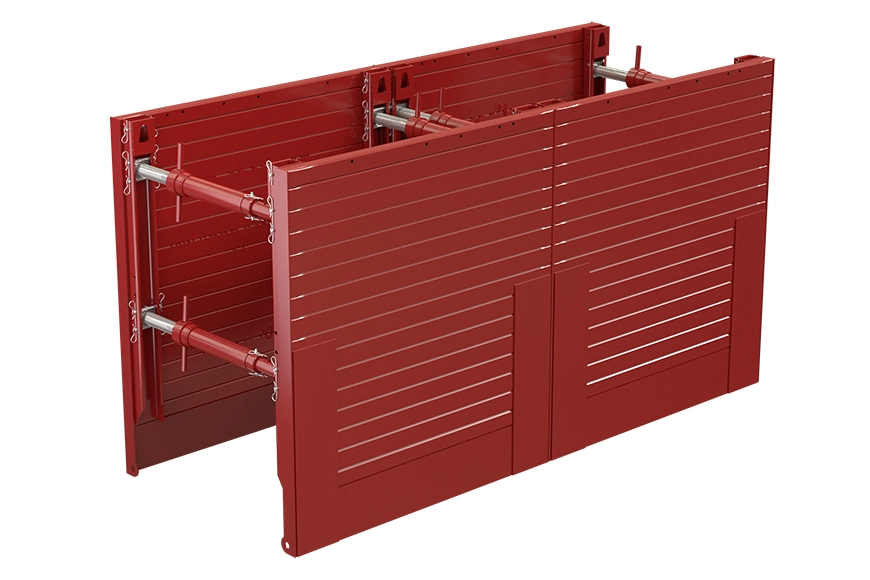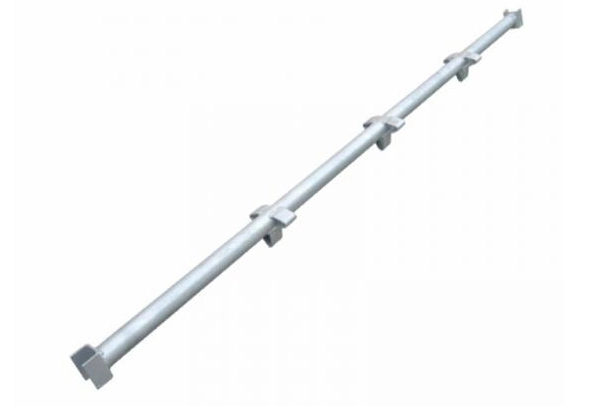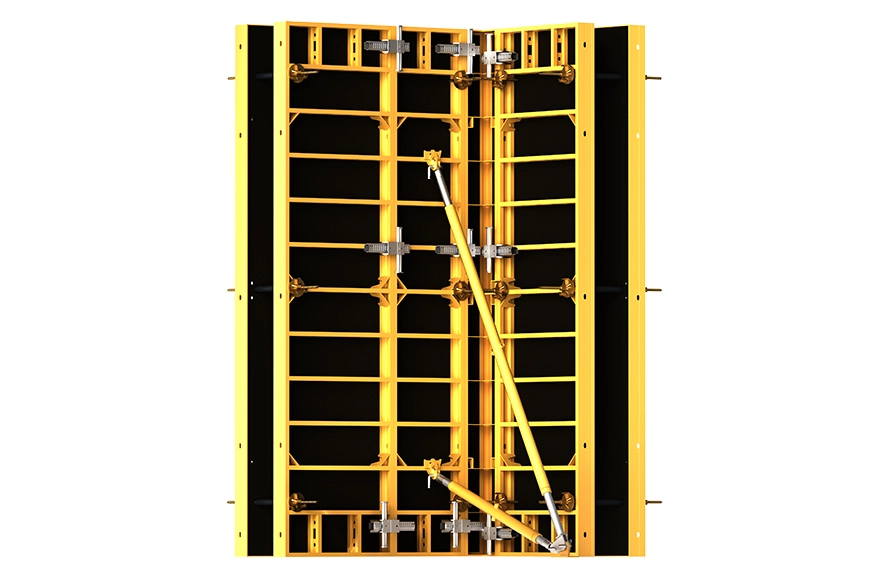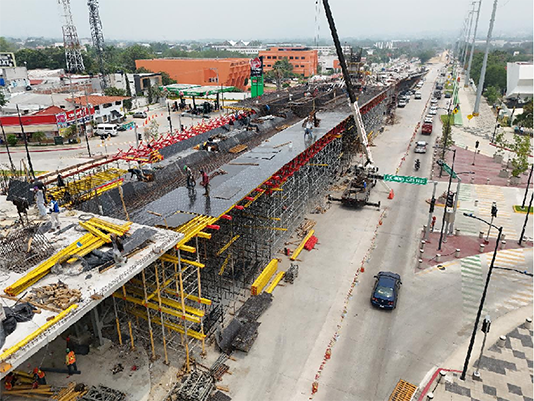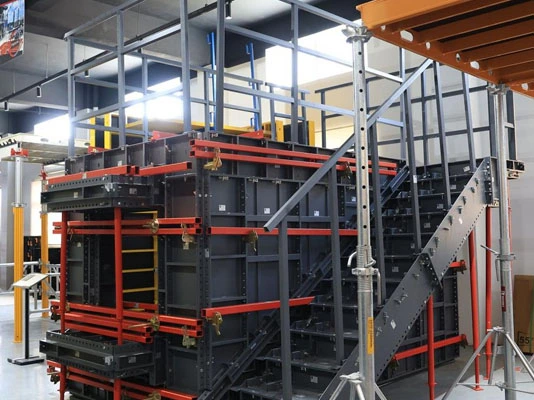The evolution of formwork systems is increasingly defined by three core pillars that are reshaping concrete construction worldwide. As projects grow in complexity and scale, industry focus has sharpened on advancing these fundamental drivers of success:
Modern formwork technologies now achieve sub-2 mm dimensional accuracy through automated alignment systems and modular designs. This precision minimizes material waste by up to 18% while enabling intricate architectural forms previously deemed unbuildable. Advanced CNC-milled templates and laser-guided installation protocols have become industry benchmarks for critical infrastructure projects.

Next-generation formwork prioritizes worker safety through load-monitoring sensors and AI-driven risk prediction. Real-time structural stability analytics reduce onsite accidents by 22%, while lightweight composite materials cut manual handling injuries by 35%. Global safety standards now mandate smart formwork features for high-rise and heavy-load applications.
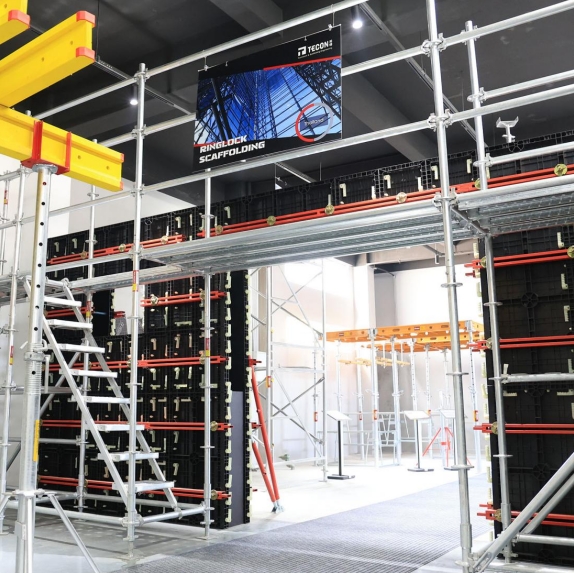
With 68% of construction firms adopting circular economy principles (World Green Building Council 2023), reusable formwork systems dominate market growth. Bio-based materials like mycelium-reinforced panels and 100% recyclable aluminum systems are reducing sector-wide carbon footprints by 12-15% annually. Regulatory pressures now enforce minimum 10-cycle reuse requirements across multiple jurisdictions.
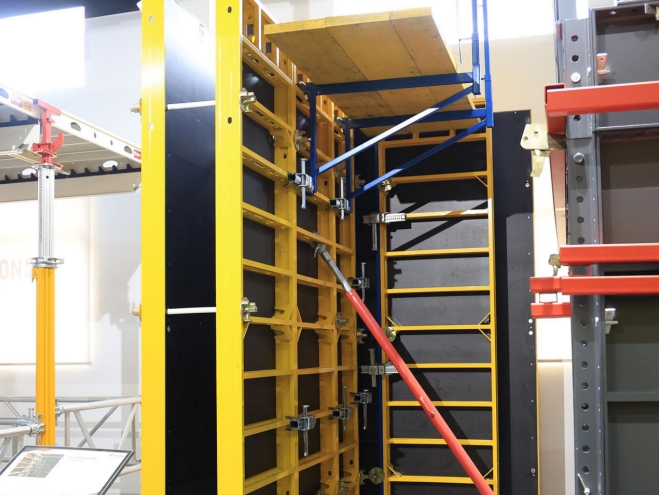
The integration of BIM with formwork planning has reduced design conflicts by 47%, while cloud-based inventory management systems optimize material reuse across projects. Emerging digital twins track formwork performance metrics throughout its lifecycle, enabling predictive maintenance and waste reduction.
Modular systems delivering 200+ reuse cycles have slashed formwork costs per project by 28-33%, with automated assembly cutting labor hours by 40%. Lifecycle cost analysis now drives 74% of formwork procurement decisions, prioritizing long-term value over upfront expenses.
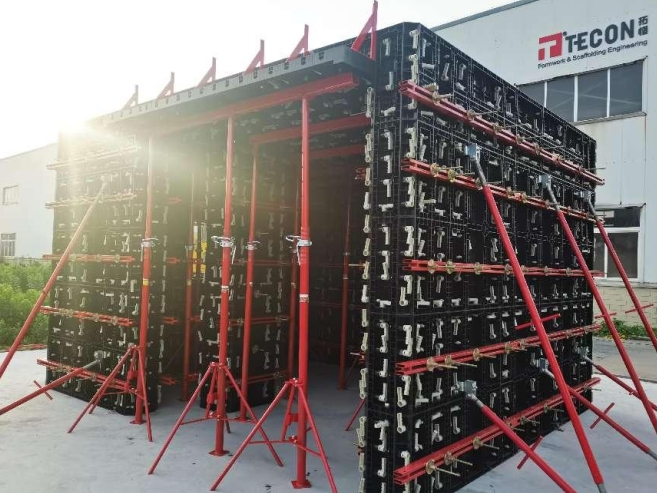
Industry leaders emphasize that these factors are interdependent—precision enables sustainability, safety enhances efficiency, and digital integration amplifies all benefits. As global construction faces twin pressures of decarbonization and urbanization, modern formwork systems stand as both a technical solution and a strategic imperative. “The future of concrete construction,” states a recent UN-Habitat report, “will be built on formwork systems that harmonize engineering rigor with environmental responsibility.”
